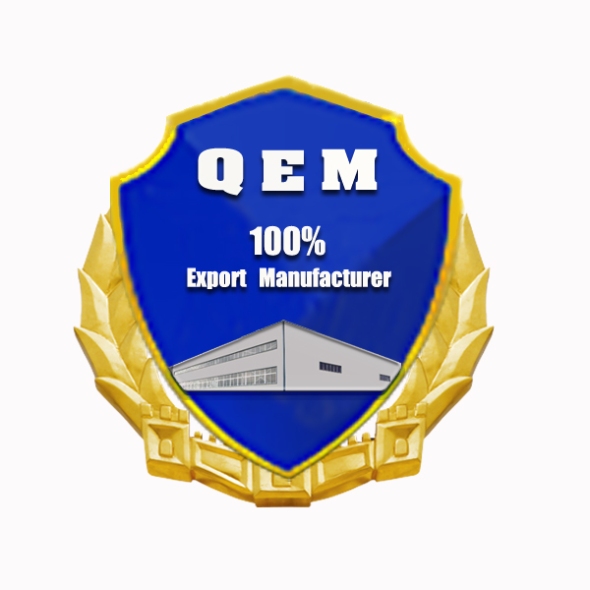1) First & foremost, shopping for quality and value in home furnishings is about knowing exactly what you are paying for. With large swings in retail price points for living room furniture, it’s important to see past the commissioned salesman jargon and know exactly what you are getting for your dollar. Nowadays, cheaper manufacturers have found savvy ways to throw the word ‘leather’ around while meaning something completely different. The best course of action is to find an furniture store new you and always to ask a salesperson directly about the construction, fabric, leather, warranty, etc. and make sure that you are getting the straight talk that you deserve.
2) “Bonded Leather” – Bonded leather is a cheaper manufacturer’s first line of artillery in selling you the ‘look’ and ‘feel’ of leather for a “great deal”. Unfortunately, bonded leather is hardly leather at all—by definition, bonded leather has to be only at last 17% leather. As the infamous quote goes: “Leather is to bonded leather as chicken is to chicken McNuggets”.
When a leather cow hide is taken into manufacturing, cookie cutter like shapes are cut out of the hide to make panels that will eventually make the seat cushions, backs, arms, and sides of quality leather furniture. Like when you are cutting cookies, there will always be scraps outside the cuts of these panels that are too small to extract any further pieces. This is where bonded leather begins. These scraps are now ground up in a machine into even smaller mesh pieces. These pieces are then laid out in a long thing layer and then adhered together with a thicker layer of polyurethane (plastic).
While bonded leather, being merely a ‘leather product’, prices out (foot for foot) similar to a fabric—and in the sense may be more economical—it is unfortunately used all to often in misleading salesmanship as retailers may try to pass off bonded leather as the real thing in order to artificial inflate the perceived value of the product.
In reality, a person sitting on bonded leather is not sitting on leather at all, only plastic. And unlike real top-grain leather, the ground up hide and plastic will never acclimate to your body temperature or get better with age.
3) “Bycast Leather” – Bycast leather is what most people will consider the next step up (but only in the sense that you don’t have to refer to it as ‘bonded’ anymore).
Before a hide is put into production, the hide is cut horizontally into layers. These layers consist of the ‘top-grain’ (the top layer that maintains the actual ‘fingerprint’ of the cows hide and the layer that maintains pores where hair follicles used to be) and then every split below that.
Bycast Leather is most notably defined as a layer of split (often too thin or flawed for normal use) that, like bonded leather, is completely sealed on top with a layer of polyurethane. Like bonded leather, no actual point of contact between material and skin is real leather and therefore doesn’t demonstrate any of the same wear or comfort attributes of top-grain.
That being said, bycast can also still serve as an economical alternative to people wanting the look of leather without the price. Another benefit might be that bycast and bonded leather ‘wipe up’ and clean similar to real leather and you won’t run into many of the food/drink stain issues you may experience with upholstered furniture.
4) “Split” – As mentioned before, a split is merely the lower layers of a hide underneath the top-grain. A split is still 100% real leather, but does not have all of the same characteristic of top-grain due to processing differences.
When a split is made, it is initially light colored and ‘fuzzy’ on both the top and bottoms of the hide. As you can image on leather furniture, the traditional top-grain leather look has a rich smooth and soft ‘hand’ (or feel), has natural variations in color as a hide is a natural product and therefore withstands dyes differently by hide and thickness, and finally will have natural ‘pebbling’ (the unique bumps felt on leather that vary by where on the cow the hide was taken).
Because a split has none of these, the split must be process through various means to ‘simulate’ the appearance and feel of top-grain leather. Although the end result of a split is still 100% leather, softness in the leather is always slightly lost through the processing procedures and natural variations in color and pebbling are no long evident as these hides are run through a uniform ‘screen’.
5) “Leather Match” – Leather match is the practice of placing real, top-grain, 100% leather everywhere on a piece of furniture that you touch (ie. the seat, back-cushions, arms), but then replacing the side panels, back panels, and typically top-back sides of the back-cushions with a non-leather.
Most leather matches are vinyl on the back and side, in some cases you will see bycast or bonded on these parts. However, for many manufacturers who want to maintain the ability to say “all 100% leather”, they will used top-grain everywhere you touch, but then replace the sides and back with a split. Although this is a good, economical way to get 100% real leather on your furniture, there is evidence that I will address to support the benefits of matching both fronts and backs with the same product.
6) Real, top-grain is comprised of about 12-14% water. For this reason, top-grain leather acclimates quickly to your body temperature. Leather is a natural product and thus breathes like a natural product. Splits do not maintain this attribute and bonded & bycast leathers, with their top layer of polyurethane, will also not acclimate to your body temperature.
Many people who have experienced “sweating” on their leather and are therefore turned off by the idea of leather furniture actually are referring to a leather ‘product’ like bonded leather or vinyl. Still is especially true in car seats that sit out in the sun for hours at a time.
7) The Natural Patina of Leather – The sun is harsh. And brutal UV rays can have a measurable affect on many natural products. Leather is no exception.
Over time, large amount of direct sunlight on leather furniture will gradually change the hue of the leather furniture—espcially on parts of the leather furniture that are more exposed than others. That being said, different materials ‘patina’, as it’s called, at different rate. Top-grain leather will change colors differently than splits, splits differently than bycast leather, bycast differently than bonded, and bonded differently than vinyl.
This is where the importance of steering clear of ‘leather match’ is made evident. As quality leather furniture may be in your home a much as 2 decades, what started out as a subtle variation in color from the back and sides at first will eventually grow farther apart.
8) Drying out – As mentioned before, top-grain leather is typically between 12-14% water. Over exposure from the sun on your furniture or keeping your furniture maintained in a room that is not normal room temperature increase the risk of your furniture drying out.
As a leather hide is porous, it is possible for the water found within the hide to dissipate and leave your furniture dry or even pealing. To avoid this, make sure to keep you furniture at room temperature, out of UV’s if at all possible and condition you furniture twice a year with either a special leather conditioner.
9) Envision you room before you buy—although leather living room furniture is universal in many regards, keep in mind that tying in the right lighting and décor can seem like a mountain. Since you are trying to avoid excessive UV light from the sun, moving your furniture away from a window and finding the right accent lighting may be the best bet. Find a good source for designer lamps and decor and plan your room long before you make you first furniture purchase. You’ll thank me.
10) In the end, just ask the right questions and know what you’re talking about, so a commissioned sales person won’t think they can pull one over on you! If you’re in the market for leather furniture, you’ll see a lot of the faux leathers at stores like Ashley or Rooms-to-go, which is fine if you are looking for a more economical way of getting the look and feel of leather–but I’d check out a local furniture dealer that carries some of the manufacturers I listed. Palliser and Omnia are even both U.S.A. Made…Which as you know is becoming more and more rare. Good hunting!




